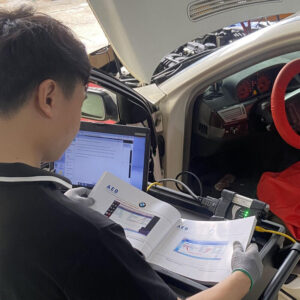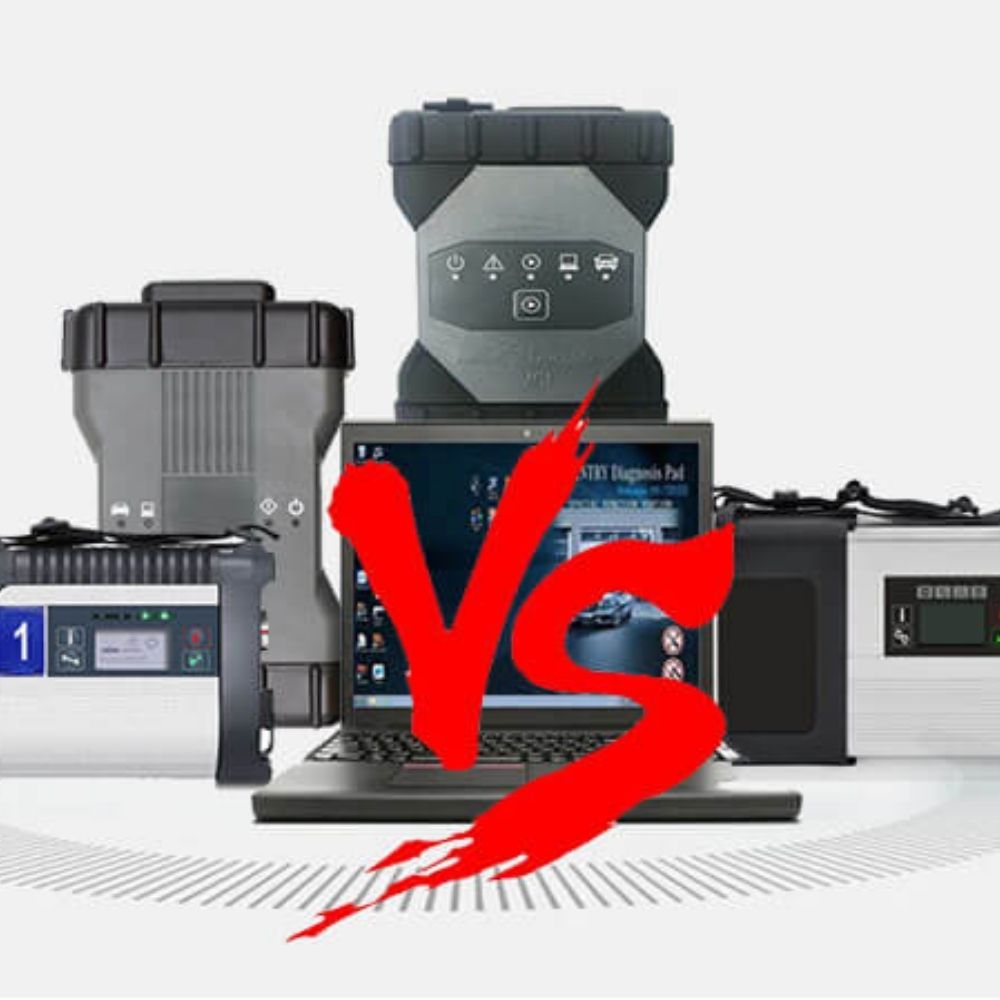

2019 Mercedes-Benz Sprinter 2500 Anti-Lock Brakes Diagram
Contents
- Understanding the Anti-Lock Braking System (ABS)
- 2019 Mercedes-Benz Sprinter 2500 Anti-Lock Brakes Diagram: Wiring & Connections
- Power and Ground Wires:
- Wheel Speed Sensor Wires:
- Hydraulic Control Unit (HCU) Wires:
- CAN Bus Communication Wires:
- Common ABS Issues & Troubleshooting
- 1. ABS Warning Light On
- 2. Brakes Locking Up
- 3. Loss of ABS Function
- Why Choose AutoExplain for ABS Wiring Support?
- How to Contact Us:
The 2019 Mercedes-Benz Sprinter 2500 is equipped with an Anti-Lock Braking System (ABS) that enhances safety by preventing wheel lockup during sudden braking. Understanding the 2019 Mercedes-Benz Sprinter 2500 Anti-Lock Brakes Diagram is crucial for diagnosing issues, performing repairs, or upgrading the system. This guide will provide a detailed overview of the ABS wiring, key components, and troubleshooting steps.
DOWNLOAD MERCEDES BENZ SPRINTER 2500 ANTI-LOCK BRAKES DIAGRAM HERE
=> You may also need: 2019 Mercedes-Benz Sprinter 2500 Wiring Diagram
Understanding the Anti-Lock Braking System (ABS)
The ABS in the 2019 Sprinter 2500 is an advanced system that improves stability and control. It consists of several components working together to ensure efficient braking performance. Key parts include:
- ABS Control Module – The brain of the system that processes signals and regulates braking force.
- Wheel Speed Sensors – Detect the speed of each wheel to prevent lockup.
- Hydraulic Control Unit (HCU) – Modulates brake fluid pressure to optimize braking force.
- ABS Relays and Fuses – Protect the electrical circuits and ensure smooth operation.
- Brake Pedal Position Sensor – Monitors pedal movement and sends signals to the ABS module.
- CAN Bus Communication – Allows the ABS to interact with other vehicle control systems.
2019 Mercedes-Benz Sprinter 2500 Anti-Lock Brakes Diagram: Wiring & Connections
To fully understand the ABS system, it’s essential to know the wiring layout and the function of each connection. Below are the primary ABS wiring color codes:
Power and Ground Wires:
- Red – 12V Power Supply
- Black – Ground
- Orange – Ignition Power Supply
Wheel Speed Sensor Wires:
- Front Left Sensor: White (+), White/Black (-)
- Front Right Sensor: Green (+), Green/Black (-)
- Rear Left Sensor: Blue (+), Blue/Black (-)
- Rear Right Sensor: Yellow (+), Yellow/Black (-)
Hydraulic Control Unit (HCU) Wires:
- Brown – Pump Motor Power
- Gray – Valve Control Signals
- Purple – Brake Fluid Pressure Sensor
CAN Bus Communication Wires:
- CAN High: Green
- CAN Low: Yellow
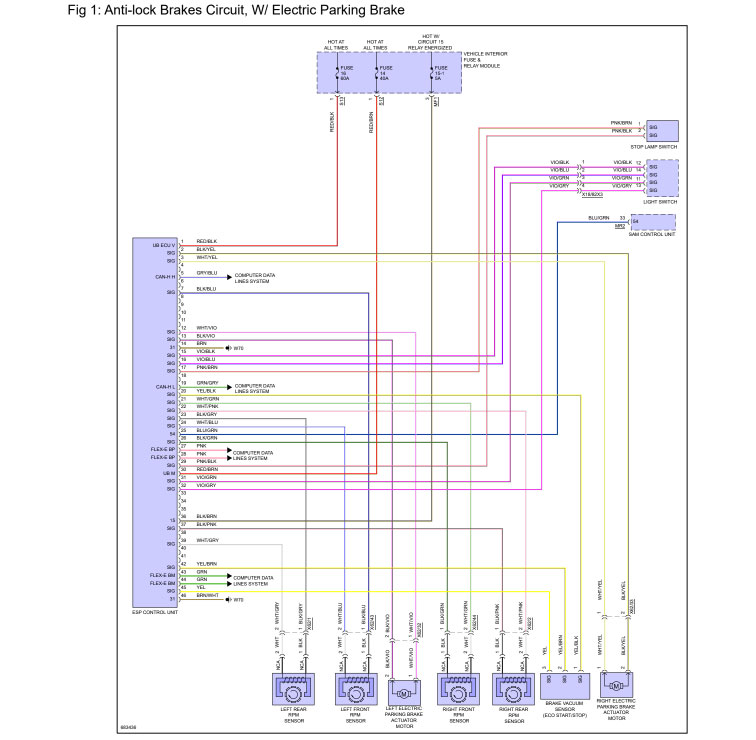
Common ABS Issues & Troubleshooting
If you’re experiencing issues with your Sprinter’s ABS, understanding the wiring diagram can help diagnose the problem. Here are some common issues and how to troubleshoot them:
1. ABS Warning Light On
- Check if the ABS fuse is blown and replace it if necessary.
- Inspect the wheel speed sensors for dirt, damage, or loose connections.
- Scan for ABS fault codes using a diagnostic tool.
2. Brakes Locking Up
- Verify that the ABS module is receiving power (Red wire: 12V supply).
- Inspect the hydraulic control unit wiring for corrosion or damage.
- Test the pressure sensor wires for proper signal transmission.
3. Loss of ABS Function
- Ensure the CAN Bus wires (Green and Yellow) are intact and properly connected.
- Check for faulty relays in the ABS control circuit.
- Perform a module reset using a scanner to clear any error codes.
Why Choose AutoExplain for ABS Wiring Support?
Understanding the 2019 Mercedes-Benz Sprinter 2500 Anti-Lock Brakes Diagram can be complex, especially when troubleshooting electrical faults. That’s where AutoExplain comes in!
At AutoExplain, we specialize in car diagnostics, coding, and programming, helping vehicle owners and mechanics resolve ABS-related issues with 24/7 expert support.
How to Contact Us:
📞 WhatsApp: +1(936)2896695
🌍 Website: AutoExplain
Don’t take risks with your braking system—contact AutoExplain today for expert assistance! 🚗🛠️

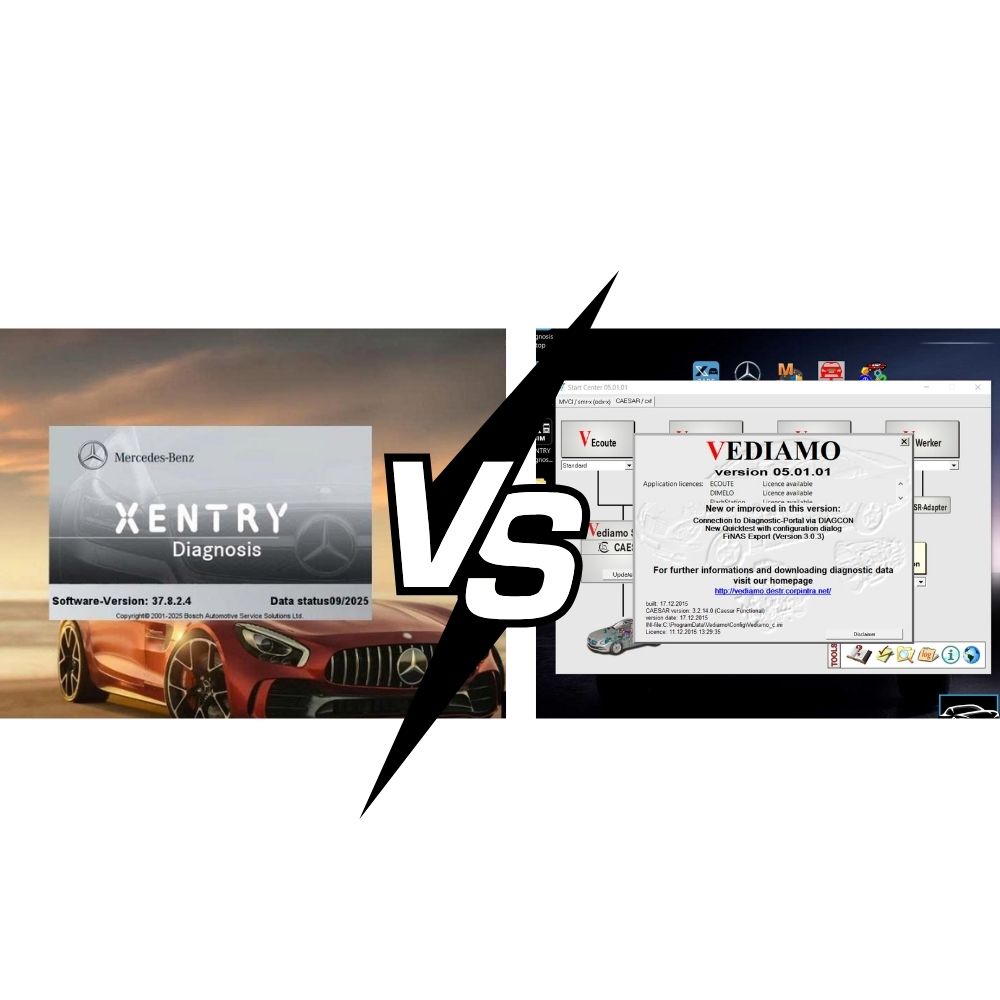
Vediamo vs Xentry: What’s the Difference?
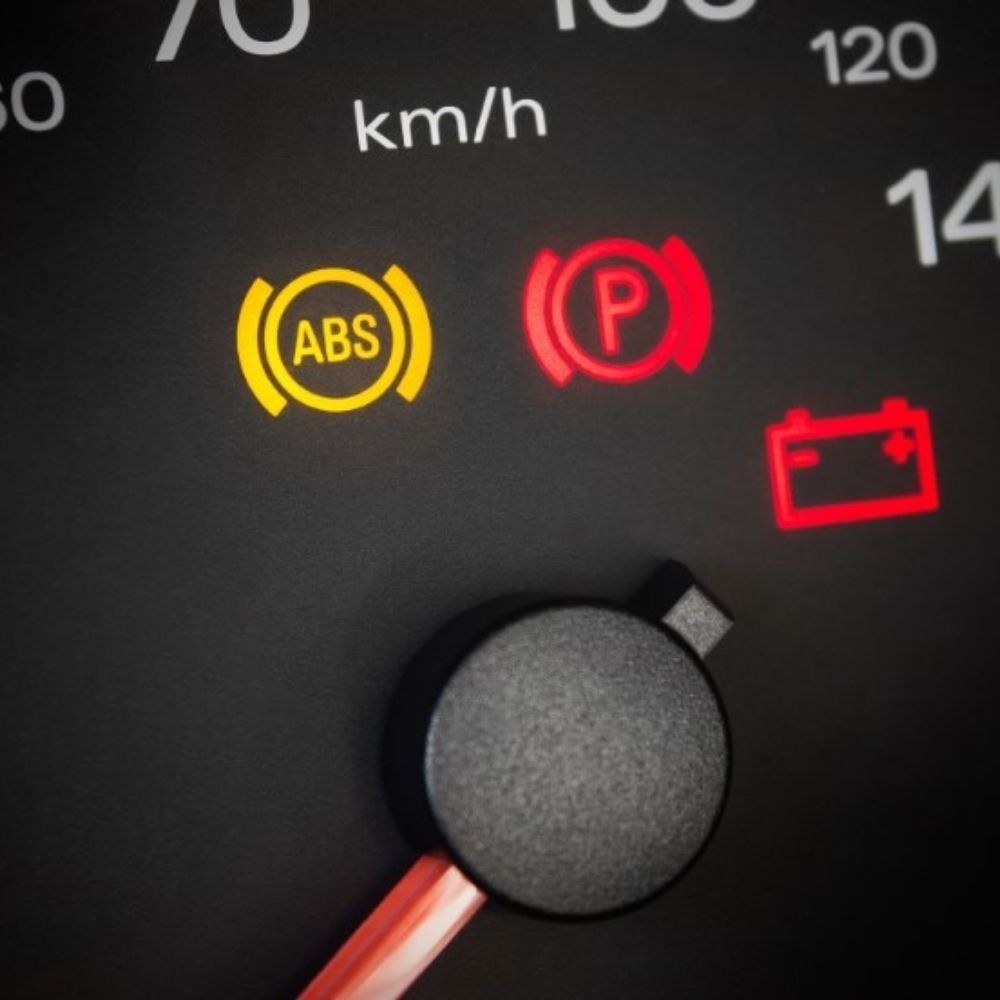
Why Did My ABS Light Come On? Four Reasons Update Latest
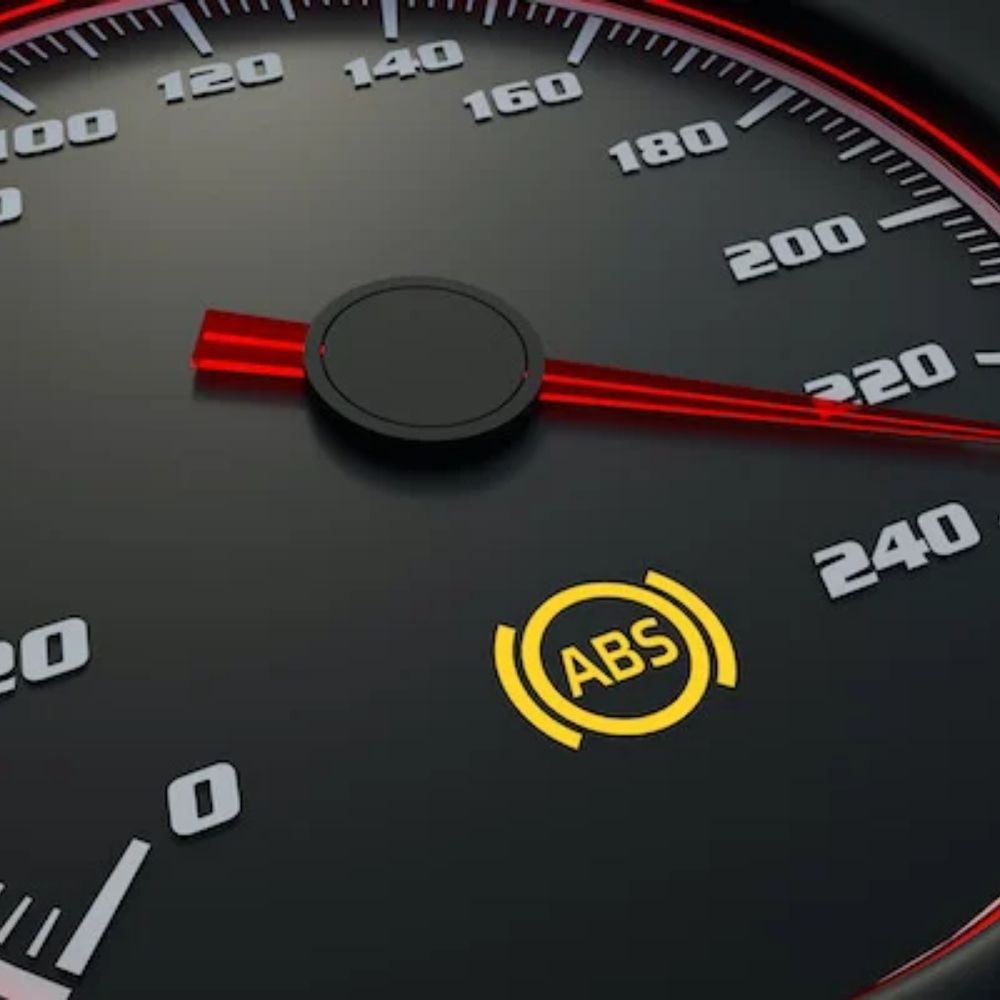
ABS Auto Brake Service – Anti-Lock Brake Service Cost



